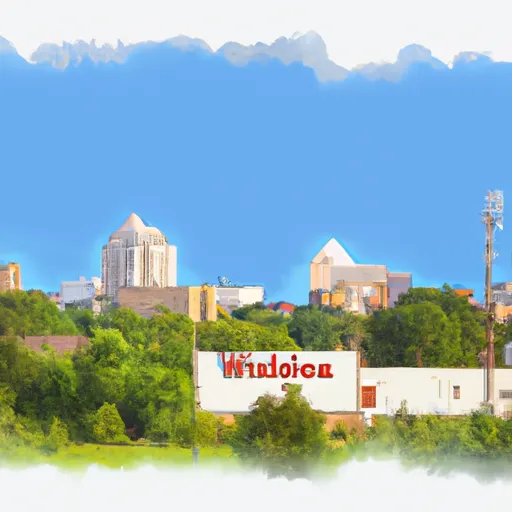°F
°F
mph
Windspeed
%
Humidity











North Fond du Lac is a small village located in Fond du Lac County, Wisconsin. The climate in North Fond du Lac is characterized by cold winters and warm summers with moderate precipitation throughout the year. The area is situated near Lake Winnebago, the largest inland lake in Wisconsin, which contributes to its hydrology. The lake provides opportunities for fishing, boating, and other water-based activities. Additionally, the village has several parks and recreational areas, including Lakeside Park, which offers walking trails, picnic areas, and a beach. Outdoor enthusiasts can also explore the nearby Kiekhaefer Park and enjoy hiking, biking, and bird-watching.
Weather Forecast
North-Fond-Du-La receives approximately 761mm of rain per year, with humidity levels near 82% and air temperatures averaging around 8°C. North-Fond-Du-La has a plant hardyness factor of 5, meaning plants and agriculture in this region thrive during a short period during spring and early summer. Most plants will die off during the colder winter months.
Regional Streamflow Levels
23
Cubic Feet Per Second
101
Cubic Feet Per Second
3
Cubic Feet Per Second
17
Cubic Feet Per Second
Nearby Camping
| Camping Area | Reservations | Toilets | Showers |
|---|---|---|---|
| Gibson City Park | |||
| North Canal Township Park | |||
| Village Park | |||
| Livingston County 4-H Park | |||
| South City (Gibson) Park | |||
| Charley Brown City Park |



